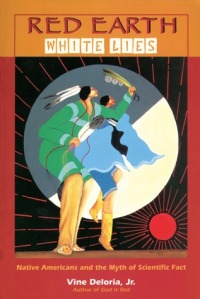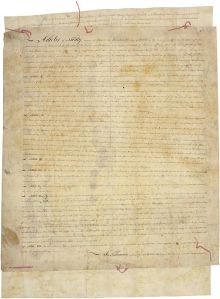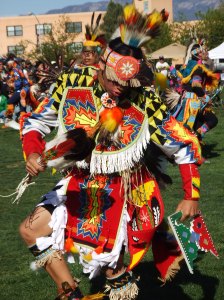Recently, the Rachel Dolezal scandal turned the public’s attention to an issue people of color are all too familiar with–identity claims made by people of dubious ethnic origins. As a white woman with no black lineage whatsoever, Dolezal was outted as an ethnic fraud after passing as a black woman for many years. Although the question “is she really black?” appears to have been answered (a resounding no), her deception seemingly raised as many questions as it answered: what constitutes legitimate claims to membership in particular groups? What is “transracialism” and can it apply outside the context of adoption? Is race really only just a social construction, and if so, can one become a member of another race just by saying so?
Fraudulent claims to blackness are apparently not unknown in the black community, but it is somewhat mystifying given the level of racism that still exists in the U.S. Sociologists talk about cultural capital and how people negotiate culture to benefit themselves, something Dolezal clearly did. Dolezal perceived something valuable in blackness and appropriated it for various reasons, which we could speculate as monetary benefit (jobs and scholarships), a way to connect more deeply to her adopted black siblings, or maybe just to get back at her parents with whom she has been engaged in a legal battle for custody of those siblings. Or maybe it was because being “white” has come to be perceived as problematic.
Many have pointed out how the appropriation of Indianness is nothing new in Indian country. In academia “box-checking” is a well known phenomenon for obtaining benefits associated with Indian identity such as scholarships and a smaller competition pool for jobs. Academic identity fraud is relatively easy to pull off since most of the time proof of ethnic association is not requested. Indian country has had its share of academic identity scandals, with Ward Churchill being perhaps the most notorious.
More recently has been the resurfacing of another identity debacle with the Andrea Smith conflict. Andrea Smith–who like Churchill claimed Cherokee heritage–is a very well known scholar and prolific writer who has made important contributions to Native American studies. Like Dolezal and Churchill she was publicly exposed for claiming an identity she could not substantiate, and appears to have lied about being Cherokee. The difference between Smith and Churchill, however, is that Churchill was found to have plagiarized and fabricated sources in his research, and as a result lost his tenured teaching job at CU-Boulder.
Since 2008 Smith has been marginalized in the Native American studies community due to her fraudulent Cherokee claims. Since then, however, she has attended law school and maintains a professorship in the Ethnic Studies department at the University of California at Riverside. While her identity claims have most definitely damaged her credibility, her scholarship has as of yet not been found to be questionable.
Relatively little has been recently written about her publicly, until a tumblr blog surfaced with the title “andreasmithisnotcherokee.” As its name implies the site is dedicated to publishing disparaging information about Smith. Since Smith has already been taken to task publicly about her Cherokee claims and she no longer publicly claims it, it is unclear why the blog has surfaced at this point in time. The blog is shrouded in mystery due to its anonymity (no name of ownership is attached to it), so whoever is behind it appears to not want to be known. Whoever it is seems to have a personal axe to grind with Smith for unknown reasons.
As scholars we are trained to ask questions. We are professionally obligated to interrogate issues to understand all sides so we can argue convincingly for one conclusion or another. There is a moral aspect to it as well, especially when a person’s reputation is at stake. Questions must be asked about this case: why the blog now, after it’s already well established that Smith is not what she previously claimed to be? When is exposing someone as a fraud tantamount to a witch hunt? Hasn’t Andrea Smith already paid a price for her indiscretions? What is to be gained from this ongoing public defamation of her?
These are my questions.
Addendum 7-1-15
As I continue to read the various commentaries about the Smith controversy I see many valid viewpoints. To reiterate, the most troubling aspect for me (and I’m not seeing this reflected much at all) is the secrecy of the tumblr site. It’s troubling because the core concern here is ethics and accountability. Smith’s critics contend that she is not being accountable to other Native people (especially Cherokee) by her lack of ethics in not relinquishing her claims to Cherokee heritage. They demand transparency. But where is the transparency of the mystery tumblr blogger who is perpetuating Smith’s public defamation? Is there not a double standard at work here?





